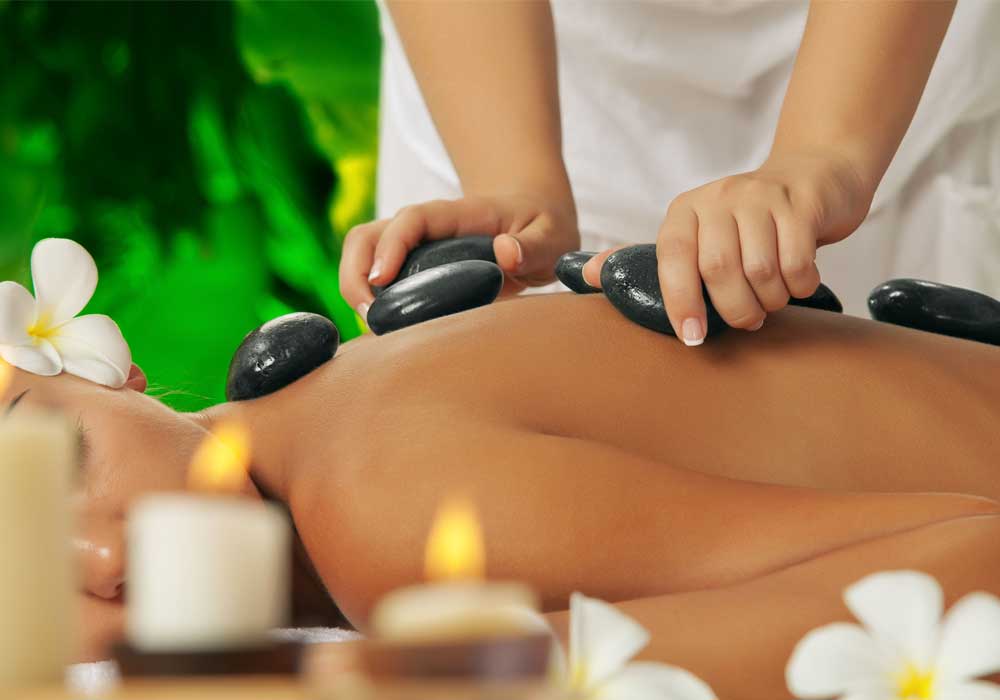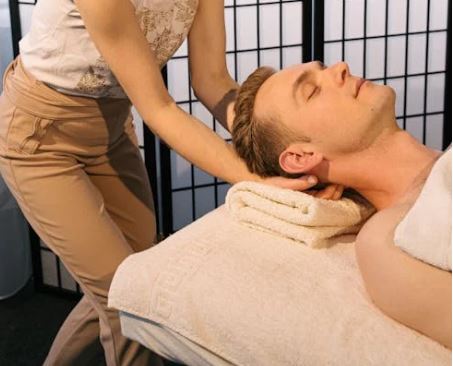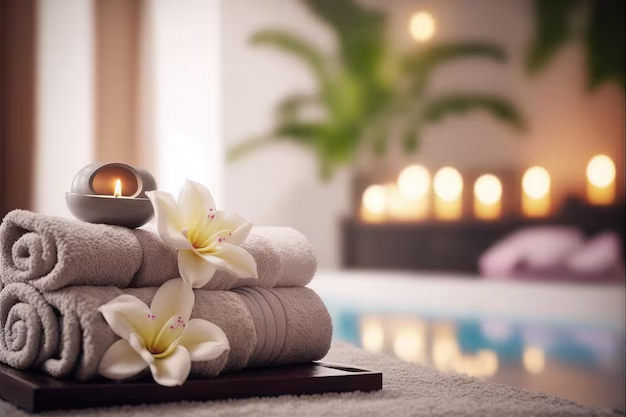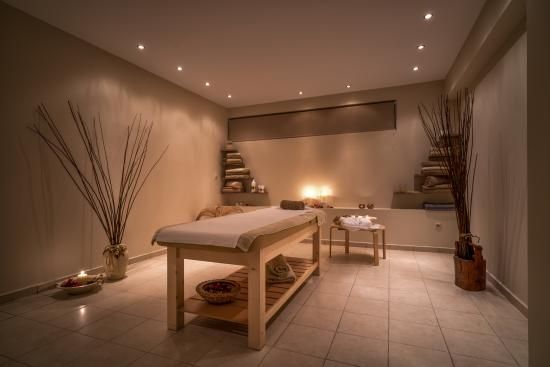From soothing massages to indulgent facials, our curated selection of spa services is designed to renew your body, mind, and spirit. Immerse yourself in ancient healing traditions and modern wellness techniques, all set against the backdrop of Bangalore’s vibrant culture and heritage.
Hot Stone Massage: A Soothing Blend of Heat and Therapeutic Touch
Recent Post
Categories
Have Any Question?

Hot stone massage is a deeply relaxing and therapeutic form of massage that combines the benefits of traditional massage techniques with the application of smooth, heated stones. This unique approach helps to ease muscle tension, improve circulation, and promote a profound sense of relaxation and well-being. The warmth from the stones penetrates deep into the muscles, making it easier for the therapist to work on areas of tension and stress.
Origins and History
Hot stone massage has roots in various ancient cultures, including the Native American, Chinese, and Hawaiian traditions. These cultures used heated stones in healing rituals and therapeutic practices, believing in the stones’ ability to promote physical and spiritual well-being.
The modern practice of hot stone massage was popularized in the 1990s by Mary Nelson, an American massage therapist, who developed a method called “LaStone Therapy.” This technique integrated heated stones into massage sessions, and it quickly gained popularity for its effectiveness in relieving muscle tension and enhancing relaxation.
Techniques and Methodology
Hot stone massage typically involves the use of smooth, basalt stones, which are known for their ability to retain heat. The stones are heated in water to a temperature between 110 and 130 degrees Fahrenheit (43-54 degrees Celsius), ensuring they are warm but not too hot to the touch.
Key techniques in hot stone massage include:
- Placement of Stones: The therapist places heated stones on specific points along the body, such as the spine, palms, abdomen, and feet. These stones help to warm and relax the muscles, preparing the body for deeper work.
- Massaging with Stones: The therapist may hold and massage the body using the heated stones, applying long, gliding strokes similar to those used in Swedish massage. The heat from the stones allows for deeper pressure without discomfort, making it easier to release muscle tension.
- Alternating Hot and Cold Stones: In some sessions, the therapist may alternate between heated stones and cold stones (typically marble) to stimulate the body’s circulatory system and reduce inflammation.
- Combination with Other Techniques: Hot stone massage is often combined with other massage techniques, such as Swedish or deep tissue massage, to enhance the overall therapeutic effect. The heat helps to soften the muscles, making them more pliable and receptive to deeper work.
Benefits of Hot Stone Massage
Hot stone massage offers a wide range of benefits, making it a popular choice for those seeking relaxation and relief from various physical and mental ailments:
- Muscle Relaxation: The heat from the stones penetrates deep into the muscles, allowing them to relax and release tension more effectively than with traditional massage alone.
- Pain Relief: Hot stone massage is particularly beneficial for individuals with chronic pain, arthritis, or muscle stiffness, as the heat helps to reduce inflammation and ease discomfort.
- Improved Circulation: The application of heat dilates blood vessels, promoting better blood flow and oxygen delivery to tissues, which aids in healing and recovery.
- Stress Reduction: The soothing warmth and gentle pressure of the stones help to calm the nervous system, reduce anxiety, and promote a state of deep relaxation.
- Enhanced Flexibility: By loosening tight muscles and increasing circulation, hot stone massage can improve flexibility and range of motion.
- Detoxification: The increased circulation helps to flush out toxins from the muscles, promoting overall health and well-being.
The Experience
A hot stone massage session typically lasts 60 to 90 minutes. The environment is usually serene, with dim lighting, soft music, and a comfortably warm room to enhance relaxation. The therapist begins by placing heated stones on key areas of the body to warm and relax the muscles.
As the session progresses, the therapist uses the stones to massage the body, applying varying levels of pressure depending on the client’s needs and preferences. The combination of heat and massage creates a deeply soothing experience, allowing the client to drift into a state of calm and tranquility.
The therapist may also incorporate essential oils to further enhance relaxation and provide additional therapeutic benefits. At the end of the session, the stones are removed, and the therapist may finish with gentle, calming strokes to leave the client feeling rejuvenated and refreshed.
Who Can Benefit?
Hot stone massage is suitable for most people, especially those looking to relieve stress, reduce muscle tension, and improve overall well-being. It is particularly beneficial for individuals with:
- Chronic muscle pain or tension
- Arthritis or joint stiffness
- Poor circulation
- Insomnia or anxiety
- Fibromyalgia
However, hot stone massage may not be appropriate for everyone. Individuals with certain medical conditions, such as diabetes, high blood pressure, heart disease, or skin sensitivity, should consult with a healthcare provider before receiving this type of massage. Pregnant women and those with open wounds or recent injuries should also avoid hot stone massage.
Conclusion
Hot stone massage is a luxurious and therapeutic treatment that offers a unique combination of warmth and touch to soothe the body and mind. Whether you’re seeking relief from muscle pain, stress, or simply looking to indulge in a deeply relaxing experience, hot stone massage provides a powerful and rejuvenating option. The warmth of the stones, combined with the skilled hands of a therapist, can melt away tension, leaving you feeling relaxed, revitalized, and restored.

Bangalore Best SPA by Hardev
Copyright © 2024| powered by Wiz Business Services.










